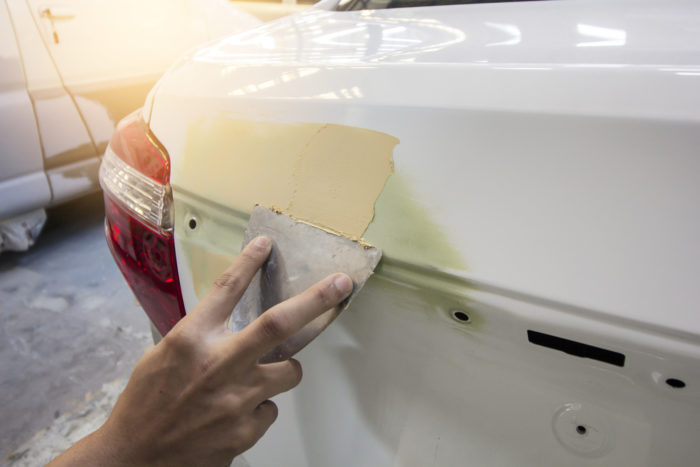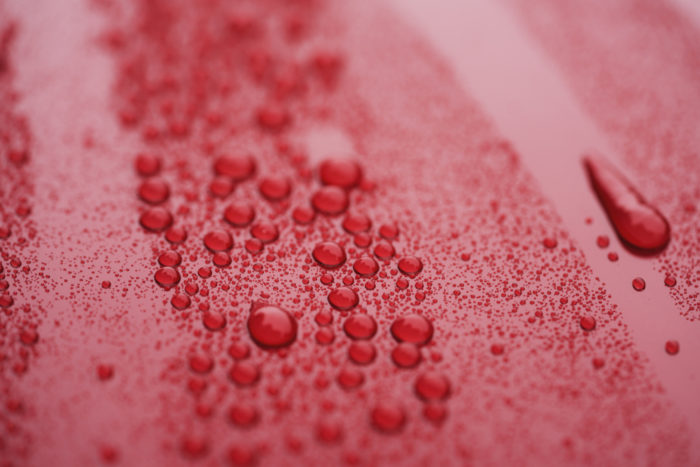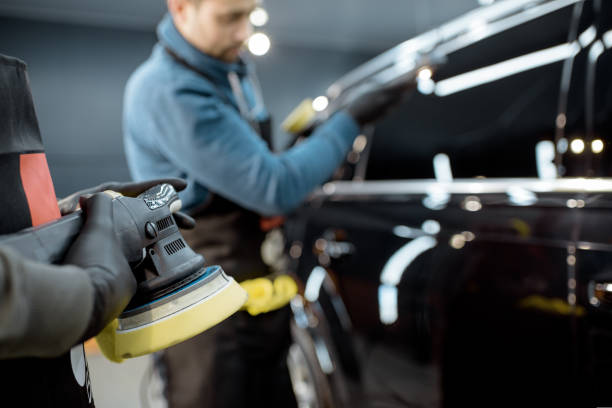What Happens If You Don’t Sand Before Painting?

Not sanding before painting, especially in the context of automotive painting, can lead to several issues with the paint job’s appearance, durability, and longevity.
Here’s what could happen if you skip the sanding process…
- Poor Adhesion – Sanding creates a rough surface that allows the paint to adhere better to the substrate. Without sanding, the new paint may not stick well to the surface, leading to peeling, flaking, or blistering over time.
- Visible Imperfections – Sanding helps to smooth out surface imperfections such as scratches, dents, or rust. Without sanding, these imperfections will remain visible under the new paint, resulting in a finish that is not smooth or professional-looking.
- Uneven Paint Application – The rough surface created by sanding helps in achieving an even application of paint. Without this mechanical adhesion, the paint may lay down unevenly, leading to runs, sags, or a patchy appearance.
- Reduced Paint Durability – A key component of paint durability is its ability to adhere to the underlying surface. Poor adhesion, as a result of not sanding, compromises the paint’s durability, making it more susceptible to environmental factors, washing, and general wear and tear.
- Difficulty in Correcting Paint Issues – If the paint does not adhere well or has imperfections, correcting these issues often requires more work than if proper preparation had been done initially. This might involve stripping the paint, sanding, and then repainting the surface, which can be more time-consuming and costly.
- Loss of Gloss and Finish Quality – The final gloss and overall quality of the finish can be negatively impacted by not sanding. For automotive paints, especially, the quality of the finish is critical for aesthetic appeal and value.
Sanding before painting is a fundamental step in preparing a surface for painting, ensuring good adhesion, a smooth finish, and the durability of the paint job. While it may seem like a time-saving shortcut to skip this step, the potential issues and additional work required to remedy the problems make it clear that proper preparation is key to achieving a high-quality, lasting paint job.





